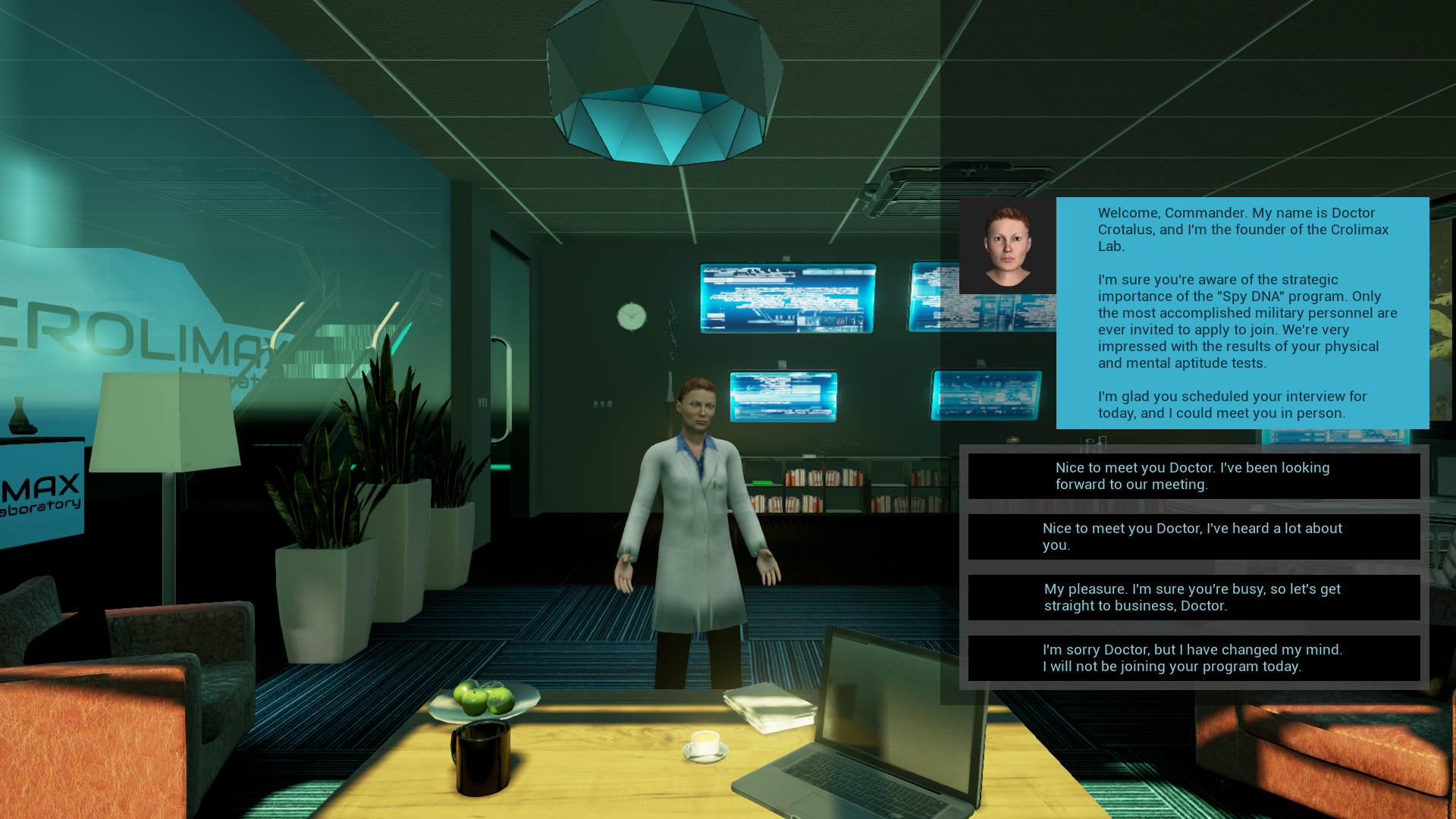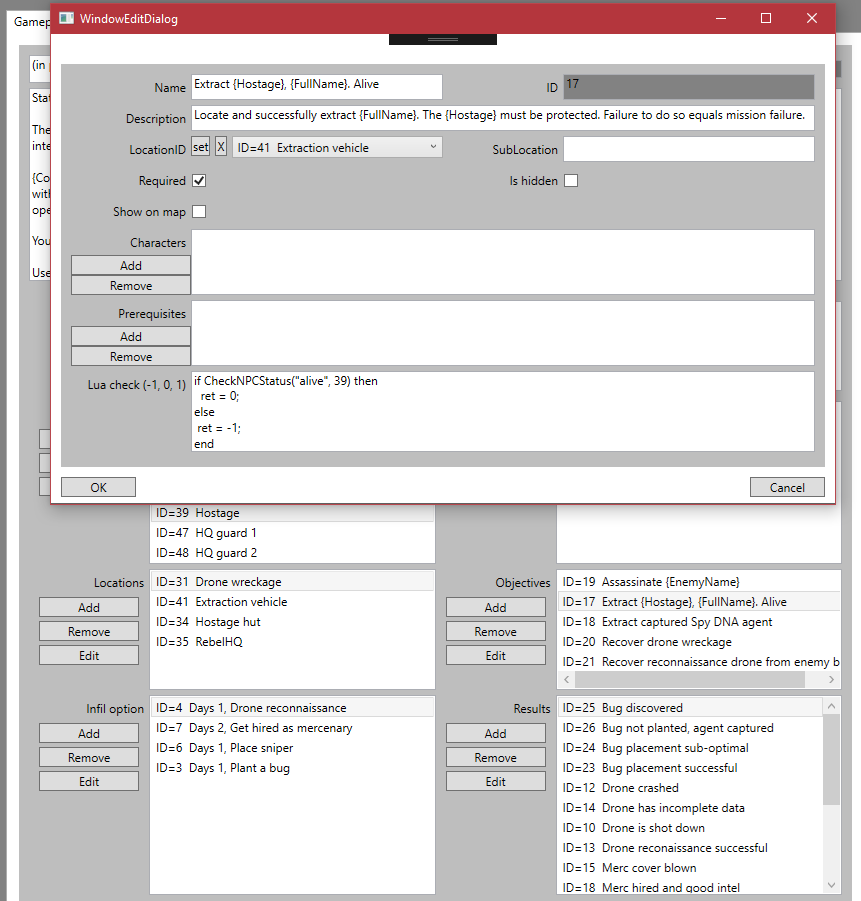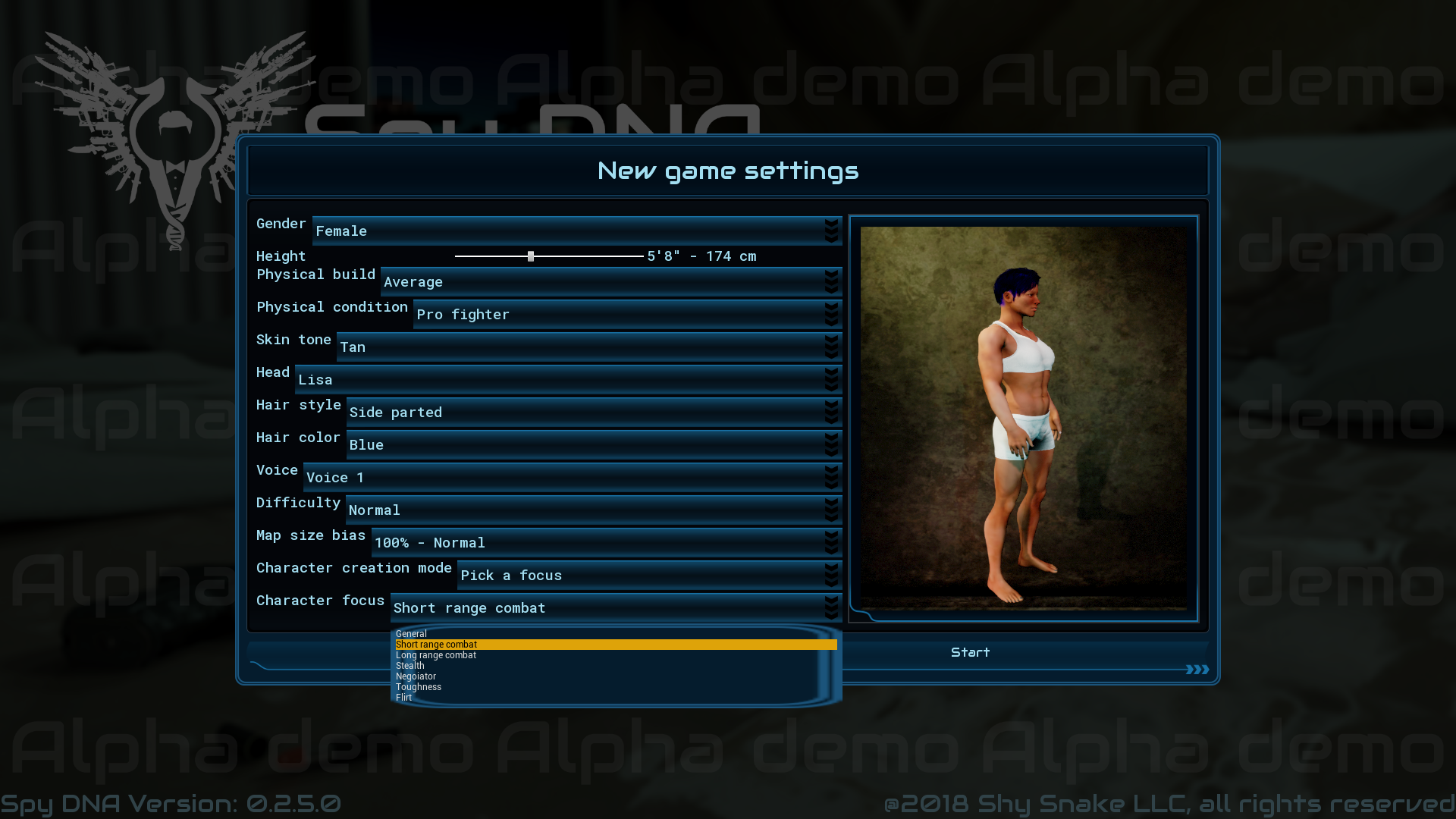We’re working on a few things here, one is almost done, and the others will follow soon after.
Thing One is one of those quick changes that turn out really big and involved. The idea was to switch out the scripting language we used in missions and dialog flows to help Alex write and debug missions quicker.
If you ever did a DIY project of your own, you know that sometimes, you open things up and go, “Well, while we’re in here, might as well do that other thing I was meaning to do.” And soon you have a disassembled motor on your dining room table and tools on every available surface, and there’s no turning back, just through. So, good news, we’re almost at the point where the motor goes back in. Jason will write up a blog post about that soon. Once the motor is in, that is.
As soon as the motor is back in and running, we’ll push an update to the Beta channel on Steam. You should see some stability and performance improvements from that. The maps should load quicker, for example.
Now Thing Two is directly tied to that first bit. While Jason’s been working on pulling things apart and putting them back together again, Alex was using the new scripting language to create new missions, which are now just waiting for a bit of testing and polish before they can be added to the game for you to play. That bit will come a little while after Thing One is up on Steam.
So stay tuned, and we’ll have a new shiny version for you to play with soon.




















